
For those new to the craft beer scene – flights are a good way to sample beer at a brewery.

From early humanity to modern times, beer has been present in most civilizations. Whether you are a craft beer enthusiast or a non-drinker, everyone can appreciate the economic and social influence of the brewing industry around the country and here in Colorado. This $76.2 billion dollar industry employs more than 500,000 people countrywide. For those who do enjoy beer, there are almost unlimited options to choose from. With so many producers of the sudsy-brew located throughout the metro area – we invite you to get to know Aurora’s breweries and their craft. This exhibition showcases the history of craft beer, the passion Coloradans hold for the brewing industry, how beer and other brews are produced and the importance of drinking local. Learn about the people, companies and beverages that make up Aurora’s dynamic craft brew scene.
A few local breweries bottle and can their beer.
Look for Aurora produced beer, wine and cider throughout the Denver –Aurora metro area.

Be sure to pop in to a local brewery and try out a new brew.













Aurora’s newest brewery, Bent Barley Brewing Company, opens to the public in November 2018 in the Southlands neighborhood, a location without many breweries. Bent Barley Brewing Company was started by two friends and coworkers, Mark Job and Paul Dampier, who share a love of homebrewing. Bent Barley is committed to utilizing U.S.-made equipment and ingredients. The brewery will be operating on a 10-barrel brewhouse made by Portland Kettle Works. Bent Barley will focus on putting its own “bend” on classic styles including a passionfruit blonde ale and many others. Its most immediate goal is to get up and running and build a rapport with Southlands’ patrons, but long term, Bent Barley looks to establish a brand and expand its operations.



The brewery’s tap wall is decorated in a field of barley, bending in the wind. A homage to their name: Bent Barley Brewing Company.
Photos courtesy of Bent Barley Brewing Company The team at Bent Barley started brewing The new brewery hopes to brew more than beer for the first time on their new system 1,000 barrels of beer in their first year. on October 21, 2018.Dr. Javier Perez and his wife, Jennifer Perez, opened Cheluna Brewing Company in December 2016 in Aurora’s Stanley Marketplace. Before starting their brewery, the couple worked in as public servants: Javier as a Jesuit volunteer, public school teacher and Veteran’s Administration emergency physician (where he still works full time) and Jennifer as a Peace Corps volunteer, public school teacher and counselor. Javier has been an enthusiastic home brewer since the late 1980s. Their Mexican-inspired brewery operates on a 10-barrel brewhouse and specializes in a variety of international styles. In 2017 5280 magazine named Cheluna Brewing Company as the state’s “Best New Brewery”, and in 2018 Cheluna won a bronze Pro-Am medal at the Great American Beer Festival.

The brewery offers 12 beers on tap

'Chela' is a slang word for beer, widely used with flagship favorites and a throughout Mexico. 'Luna' is the Spanish rotating selection of six or more word for moon, which is incorporated in the seasonal and special release beers.

New Brewer, Eric Nichols, examines a freshly brewed beer. Nichols received formal brewing education from the Siebel Institute and gained experience at other breweries such as Black Shirt, Avery and Beryl's before joining the Cheluna team in August 2018.


Dad & Dude’s Breweria, located just off of East Arapahoe Road in south Aurora, combines a pizzeria and a brewery. It’s owned by Mason “Dude” Hembree and his father, Thomas “Dad”, and together they opened its doors in 2010. The breweria utilizes the spent grain of the brewing process and turns it into quality pizza dough. Dad oversees the kitchen and restaurant, while Dude runs the brewing side of the business. Dad & Dude’s Breweria focuses on small batch brewing and tries to source its ingredients from local Colorado vendors. The small batch model allows Dad & Dude’s to create many new beers and experiment regularly.

The brewery describes their brews as,
“Artful-but-unpretentious beers that pair perfectly with our food.”
The father - son team offers an ever-changing beer and food menu at their breweria. The Breweria’s slogan is “Pizza and Beer Made Here”Shane and Alexandria Fox were both career chefs when they began crafting mead. Although their first batch was unsuccessful, they kept at it. Their second batch received a silver medal at the International Mead Festival in 2007. Over the next few years the couple continued to experiment and improve the process. In 2012, they were awarded the bronze medal at the Mazer Cup for their Dragon Razz mead, and in the same year the Foxes started remodeling their garage into a meadery. In the summer of 2014 their first four meads were bottled for sale and Dragon Meadery was born. This unique Aurora-based business offers private tastings and sells mead throughout the Denver–Aurora metropolitan area.


The meadery crafts meads that span the spectrum of styles, flavors and sweetness.
produce and locally-sourced honey make theDry Dock Brewing Company was founded by Kevin DeLange and Michelle Reding in 2005 as Aurora’s first craft brewery. Dry Dock was established next to their original Aurora business, The Brew Hut, a homebrew supply shop. Since 2005, the brewery has become the largest in Aurora and distributes more than 24,000 barrels of beer a year. In 2012, the company expanded by opening its North Dock location in Aurora. The North Dock produces the majority of the brewery’s product and serves as an additional taproom. Dry Dock beer is distributed solely in Colorado, and the company employs approximately 60 individuals. Its staple beer, Apricot Blonde, is tremendously popular and makes up the majority of its sales per year. Dry Dock’s success in a competitive market can be credited to its commitment to quality, investment in production and a philosophy of “being Aurora’s brewery.”


 Dry Dock’s flagship beers consist of Apricot Blonde, Sour Apricot, Vanilla Porter, Amber Ale, Hop Abomination, IPA and Grapefruit Double IPA.
Employees of Dry Dock packaging freshly A Dry Dock brewer visually inspects the beer canned beer at the North Dock location. being produced.
Dry Dock’s flagship beers consist of Apricot Blonde, Sour Apricot, Vanilla Porter, Amber Ale, Hop Abomination, IPA and Grapefruit Double IPA.
Employees of Dry Dock packaging freshly A Dry Dock brewer visually inspects the beer canned beer at the North Dock location. being produced.


Aurora’s sole cidery was opened in February 2018. Haykin Family Cider is owned and operated by Talia and Daniel Haykin. The couple started as home cider hobbyists. They pressed their own apples from the very beginning and take a lot of pride in the quality of their product. After winning several notable awards for their cider, the couple sought to open a tasting room. Initially they considered locations in Denver, yet after meeting with city representatives the Haykins decided to set up shop in Aurora. The cidery features a wide variety of apples, including Thomas Jefferson’s favorite the Taliaferro. The Haykin Family Cider’s taproom is also the primary production site. Innovatively utilizing the space, the Haykins mash, ferment, bottle and serve all in one location.
 The tasting room offers glasses and flights of
The cidery features a “cloud” of bubble-like The majority of Haykin’s ciders are single glass light fixtures reminiscent of bubbles varietals (being made mainly from one apple rising in a glass of cider. variety).
Photos courtesy of Haykin Family Cider
The tasting room offers glasses and flights of
The cidery features a “cloud” of bubble-like The majority of Haykin’s ciders are single glass light fixtures reminiscent of bubbles varietals (being made mainly from one apple rising in a glass of cider. variety).
Photos courtesy of Haykin Family Cider



Co-owner and brewmaster, David Levesque, was introduced to craft beer while stationed at Buckley Air Force Base in 2007. He started to experiment with home brewing and picked up his first brew kit from the Aurora-based homebrewer supply shop, The Brew Hut. In August 2014, he brought a homemade pumpkin beer to a pumpkin beer fest at a friend’s house, which was immediately praised. In July 2015, alongside co-owner Henry Rusch, Launch Pad Brewery opened its doors. The veteran-owned business is situated just down the road from Buckley Air Force Base and has a reputation as a military-friendly brewery. Launch Pad has eight flagship beers with eight additional rotating taps. In 2017 Launch Pad released over 100 different unique beers. Levesque described the business as his passion and believes his “passion translates into quality beer.” To him, the most important goal of the business is to “bring smiles to the patrons’ faces.”
 Beer is sold at the taproom as well in to-go crowlers.
The brewery’s motto is, “Craft beer is our rocket fuel.”
The taproom is decorated in military and aerospace imagery and objects – paying homage to the owners’ backgrounds and their proximity to Buckley Air Force Base.
Launch Pad features eight flagship beers and has eight to 10 rotating seasonal and special release beers.
Beer is sold at the taproom as well in to-go crowlers.
The brewery’s motto is, “Craft beer is our rocket fuel.”
The taproom is decorated in military and aerospace imagery and objects – paying homage to the owners’ backgrounds and their proximity to Buckley Air Force Base.
Launch Pad features eight flagship beers and has eight to 10 rotating seasonal and special release beers.



Peak to Peak Tap & Brew is owned and operated by Joy and Gordon McKennon. Their taproom on East Iliff Avenue first opened its doors in 2014. Initially, Peak to Peak offered Colorado beers and a full kitchen to its patrons, and in May 2017 the McKennons expanded their operation and began brewing their own beer. In its first year as a brew pub, Peak to Peak Tap & Brew produced around 180 barrels on its three barrel system. Looking to increase brewing production and meet the demand of customers, the brewery opened a second location in Aurora along East Colfax Avenue in August 2018. The second location features a seven barrel brewing system and a taproom. The McKennons look to build upon their brand and garner increased recognition as the brewery grows here in Aurora.
 Peak to Peak Tap & Brew offers to-go growlers and crowlers.
The East Iliff Avenue location is only one of two brew pubs in Aurora.
The brewery offers a wide variety of styles, The owners, Joy and Gordon McKennon, with their Mango Wheat and Brown Ale being cutting a ceremonial ribbon in August 2018 some of their most popular brews. at their new location on East Colfax Avenue.
Peak to Peak Tap & Brew offers to-go growlers and crowlers.
The East Iliff Avenue location is only one of two brew pubs in Aurora.
The brewery offers a wide variety of styles, The owners, Joy and Gordon McKennon, with their Mango Wheat and Brown Ale being cutting a ceremonial ribbon in August 2018 some of their most popular brews. at their new location on East Colfax Avenue.


Pilothouse Brewing Company opened its doors in June 2018 and is owned and operated by Jean and Michele Verrier. Pilothouse features a unique business model that provides opportunities for homebrewers to brew on a professional system. The amateur brewers are given a chance to test out, or “pilot,” their recipes during quarterly competitions in which the winners are determined by sales divided by time on tap. The brewery features 32 taps which pour both Pilothouse’s own brews as well as the homebrewers’ beer. Long-term, the Verriers hope to expand their business to include a kitchen, yet their focus currently is producing quality beer and building relationships with both the homebrewers who participate in their “pilot” program and local craft beer enthusiasts.
 Owners of Pilothouse, Jean and Michele Verrier.
The brewery’s motto is, “chart your own course.”
Pilothouse’s Belgian Dubbel and the Wee Heavy.
Photos courtesy of Pilothouse Brewing Company
Owners of Pilothouse, Jean and Michele Verrier.
The brewery’s motto is, “chart your own course.”
Pilothouse’s Belgian Dubbel and the Wee Heavy.
Photos courtesy of Pilothouse Brewing Company
Husband-and-wife duo Paige Schuster and Marcus Christianson began their careers as science teachers in the Cherry Creek School District. They took up brewing as a hobby while teachers. After three years in education, they decided to change careers and opened a brewery along the Centennial–Aurora border in February 2014. Following a philanthropically-centered business model, the owners decided to allocate $2.22 of every $10 profit to the Schuster Family Foundation. The Schuster Family Foundation provides grants for educational, environmental and "whole-person" nonprofits. Additionally, Two22 Brew commonly holds charity events in its taproom. The brewery prides itself as a “neighborhood brewery,” a place where familiar faces gather on a weekly basis.


 The brewery sells many unique merchandise for patrons to purchase including glassware, ball caps and Two22 license plates.
Two22 Brew offers to-go growlers and
The taproom has 13 beers on tap with five staple brews and eight seasonal and special release beers.
The brewery sells many unique merchandise for patrons to purchase including glassware, ball caps and Two22 license plates.
Two22 Brew offers to-go growlers and
The taproom has 13 beers on tap with five staple brews and eight seasonal and special release beers.
Ursula Brewery originally opened in 2014 on the Anschutz Medical Campus under the name Coda Brewing Company. In 2016 owner Scott Procop and his head brewer split ways, and Ursula Brewery continued where Coda left off in the same location on Ursula Street. The taproom’s primary demographic is composed of college students and faculty, and Procop is proud to be “the campus’ brewery.” Currently Ursula Brewery is producing around 1,000 barrels of beer a year and has several award-winning brews. Across the street from Ursula Brewery is the Cedar Creek Pub, also owned by Procop. The two businesses complement one another as food from Cedar Creek is delivered right to the taproom. Ursula Brewery hopes to cement itself as a quality brewery in its campus neighborhood.

The brewery believes . . . “that beer is [more than] just about the flavor, it’s about the experience of enjoying your favorite beverage while with your favorite people.”


 The brewery’s storefront along North Ursula Street.
Patrons can enjoy Ursula Brewery beer at their tap room as well as in to go cans, crowlers and growlers.
The Ursula logo is of a guitar pick, an homage to its beginnings as Coda Brewing.
The brewery’s storefront along North Ursula Street.
Patrons can enjoy Ursula Brewery beer at their tap room as well as in to go cans, crowlers and growlers.
The Ursula logo is of a guitar pick, an homage to its beginnings as Coda Brewing.


There is a whole lot of science and technology involved in producing beer. To achieve consistency and quality, brewers use a variety of scientific processes and take detailed measurements at almost every stage of production. First, a brewer must ensure their equipment is cleaned properly, just a small amount of rouge yeast or bacteria can ruin the final beverage. Water is also important scientifically. Differences in the chemistry of the source water can drastically change the flavor of the beer. Consistent ingredients are vital for a repeatable recipe. Brewers pay close attention to variables such as time and temperature, and measurements are taken throughout the process. After the beer has been made, brewers conduct a series of experiments to determine the alcohol by volume (ABV), the beer’s international bitterness units (IBU), and other important characteristics of their brew.
 Fermentation, or the chemical process of yeast consuming fermentable sugars, is occurring in these fermentation tanks at Dry Dock’s brewing facility.
A view inside Dry Dock’s lab, where many experiments are conducted to ensure a consistent and quality product.
A Dry Dock employee checks a petri dish for rouge bacteria or yeast in the beer.
Fermentation, or the chemical process of yeast consuming fermentable sugars, is occurring in these fermentation tanks at Dry Dock’s brewing facility.
A view inside Dry Dock’s lab, where many experiments are conducted to ensure a consistent and quality product.
A Dry Dock employee checks a petri dish for rouge bacteria or yeast in the beer.
There are three basic components in beer: water, yeast and grain. Water is the primary ingredient. Water quality and its chemistry are extremely important to brewers. Differences in the chemistry can drastically change the flavor of the final product. Brewers operating in Aurora unanimously praise Aurora’s water quality from the city of Aurora Water Department. Yeast, a microscopic fungus that eats the sugars during the fermentation process yielding alcohol and carbonation. There are different types of yeasts in the brewer’s arsenal. Some yeasts like to metabolize sugars at lower temperatures or for longer periods of time (like in a lager). The sugars that the yeast consumes come from the grain used by a brewer. The most commonly used grain in beer is malted barley, although other grains such wheat, rye, oats, rice and corn can be used as well.
But what does malted mean? Barley by itself is not ready to be fermented into alcohol, so the grain is first soaked and then roasted. This process initiates germination in the grain when soaked and then is abruptly stopped with heat – creating what brewers call malt. There are several variations in roasted malts depending on the moisture content of the grain and the time and temperature in which they are roasted. These variations produce different flavors, colors and styles. In addition to water, yeast and grain, brewers add flavors and complexities derived from hops, spices, fruit, coffee, chocolate and many other ingredients giving the world of beer an unlimited variety of flavors to play with.

The most commonly added fourth ingredient to beer is hops. The hop flower is the fragile green cone from the vine-like hop plant. Hops add bitterness to beer and have signature aromatics. They can also add a grassy, piney or floral complexity. There are many different types of hops at a brewer’s disposal, and each gives the beer a unique identity. Pictured here is one of Aurora’s many homebrewers, Bill Sparks, displaying his homegrown hops. (Courtesy of Bill Sparks and Charles Hopkins)

Brewers mill, or crush, the grain when brewing in order to draw out the starches and sugars. This milled grain is then introduced to heated water in the mashing step to create wort. Here David Olson, Ursula Brewery’s head brewer, mills malted barley at the Aurora brewery.

The popularity of aging beer in bourbon barrels can be traced to the mid-1990s when Goose Island Brewery in Chicago experimented with aging their product in Jim Beam bourbon barrels. Since then, all across the country, thousands of local brewers continue to age their beers.

Aging beer in liquor barrels can add complex aromas and flavors to the final product. These aromatics and flavors are absorbed from the wood of the barrel into the beer. It enhances the beer with characteristics such as vanilla, smoky, boozy, caramel and floral notes. Beers with higher alcohol contents, sometimes referred to as “big beers,” are most commonly used when barrel-aging. These “big beers” (stouts, porters, dubbels, barely wines, strong ales and others) can typically retain their original flavors and not be masked entirely by the barrel-aging process. Like most steps in brewing, an experienced brewer must consider two key factors when barrel-aging: time and temperature. Both of these factors greatly affect the final beer’s flavor. Brewers can age their brew in barrels for as little as a month or up to a year. Barrels are typically used no more than twice to age beers, subsequent batches lose the notes and complexities as the flavors from the wood have been depleted.

Did you know that there is a law in the United States preventing distillers from using bourbon barrels more than once? Breweries have taken advantage of this by repurposing Beer aging in barrels at Launch Pad Brewery. these barrels with beer.

Aurora resident Charles Hopkins began brewing after retiring as a professional photographer in 2015. Along with his neighbor, William Sparks, Hopkins experiments with recipes in his homemade backyard brewing system, and has been averaging approximately 10 unique beers a year.

The craft beer scene in Aurora extends beyond the brick-and-mortar establishments. Several Aurora residents enjoy crafting their own beer at home. In fact, the majority of Aurora-based brewery owners got their start as homebrewers, which seems to be a typical evolution in this industry. According to the American Homebrewers Association (AHA), 90 percent of professional brewers started their careers as homebrewers. The AHA also states that approximately 1.2 million Americans brew beer at home at least once a year. Making beer at home can be a casual project amongst friends or a sophisticated process refined and improved with each new batch. The relationships between professional and amateur brewers in Aurora are dynamic. This can be seen in business models such as the Pilothouse Brewing Company and The Brew Hut. Pilothouse invites homebrewers to brew on its system in quarterly competitions. Furthermore, The Brew Hut, whose owners also own Dry Dock Brewing Company, caters to the home brewing demographic in Aurora.

Aurora resident William Sparks has been brewing beer at home since 2010. After retiring in 2012 from his accounting career, Sparks invested in his home-brewing setup and started to grow his own hops in his backyard. Both Sparks and Hopkins compete Brewing alongside his friends in the local homebrewers and neighbors, Sparks competition at Pilothouse Brewing continues to perfect his Company. beer-making skills.
From an India Pale Ale to an Altbier, today’s craft beer scene has numerous beer styles to choose from. There is not a definitive list of beer styles, as many organizations (such as the Brewers Association) and countries define styles a little differently. Many factors go into defining a style. Properties of beer such as its flavor, ingredients and color can help determine the style. But, in a world with dark lagers and blonde stouts – other factors are at play. The history and origins of a recipe have a role when defining a style (such as the Gose recipe that originated in Goslar, Germany in the 16th century). Additionally, other differences such as what type of yeasts were used and at what temperature the beer was brewed help pinpoint a beer’s style.
Whether you are enjoying a dunkel, pilsner or a porter, your beer falls within two groups: ales or lagers. The primary differences between ales and lagers is the yeast used, temperature in which it is brewed and duration of time in the brewing process. Ales use a top-fermenting yeast that eats the sugars of the wort from the top down. On the other hand, lagers use a bottom-fermenting yeast that fails to rise to the top during fermentation. Compared to ale yeast, it is a much more fragile yeast, which requires more specific conditions to thrive. Lagers are typically brewed at a lower temperature and brew for a longer period of time.

Most common lagers include: bocks, pilsners, American lagers and European lagers. Pictured here is Peak to Peak Tap & Brew’s American light lager.

Most common ales include: pale ales, Belgians, sours, porters and stouts. Pictured here is Launch Pad Brewery’s India Pale Ale or IPA.

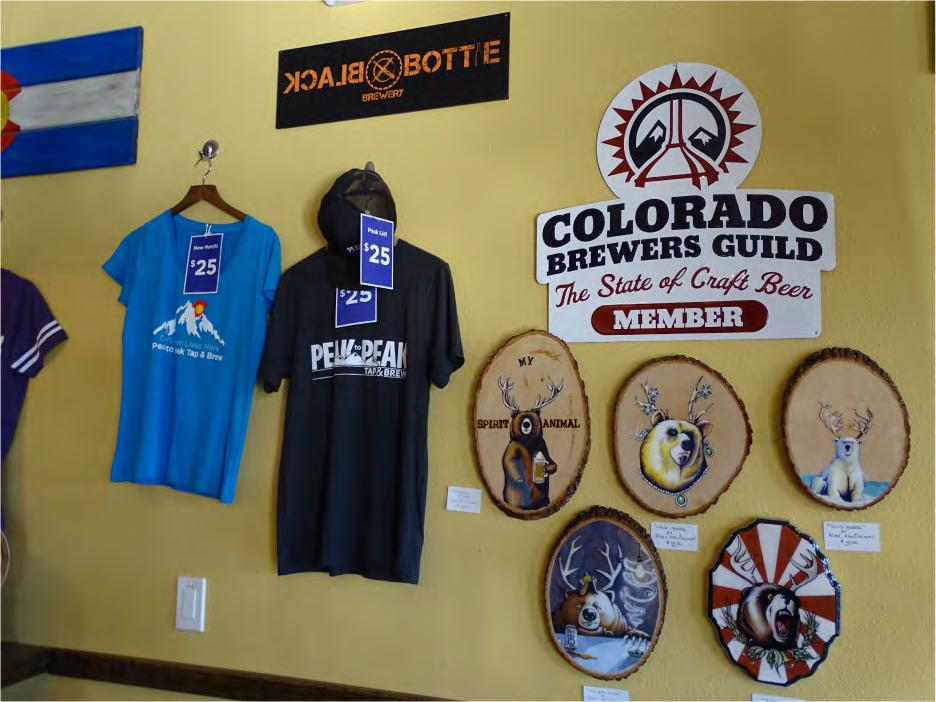
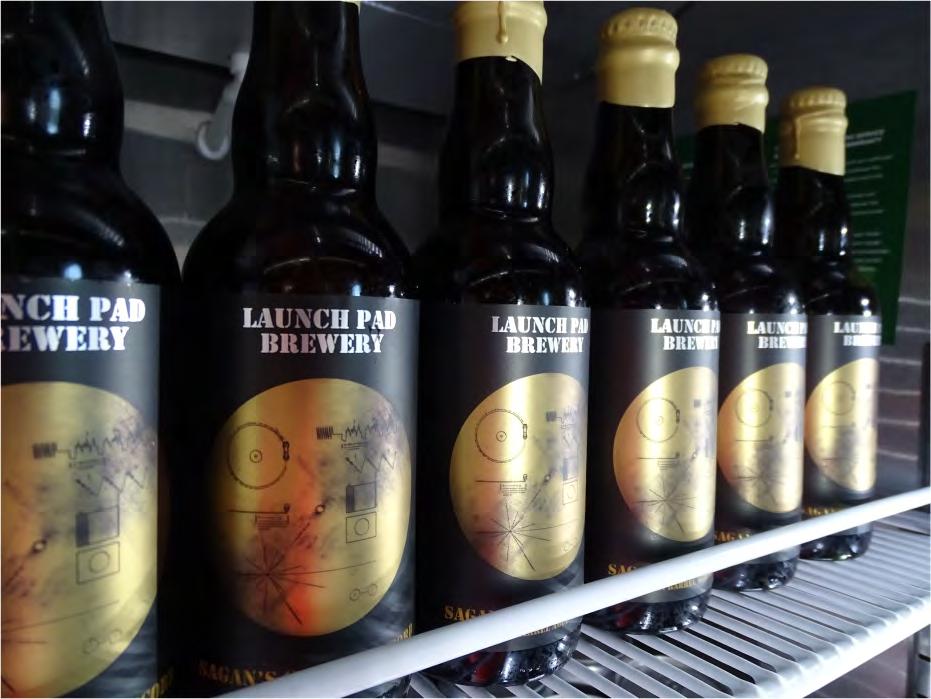
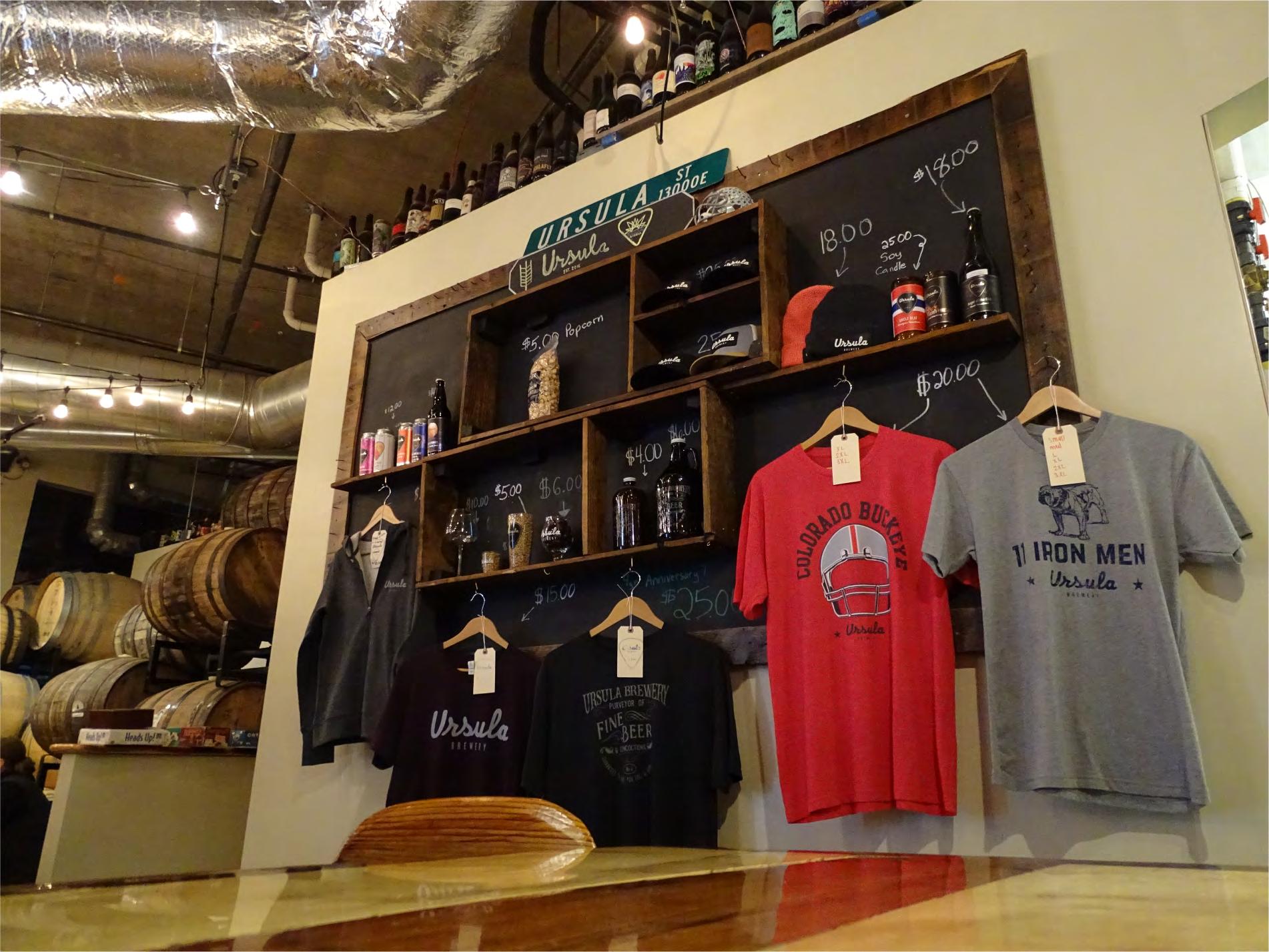 Merchandise for sale at Peak to Peak Tap and Brew.
Bottled beers to take home from Launch Pad Brewery.
Merchandise available for purchase at Ursula Brewery.
Merchandise for sale at Peak to Peak Tap and Brew.
Bottled beers to take home from Launch Pad Brewery.
Merchandise available for purchase at Ursula Brewery.
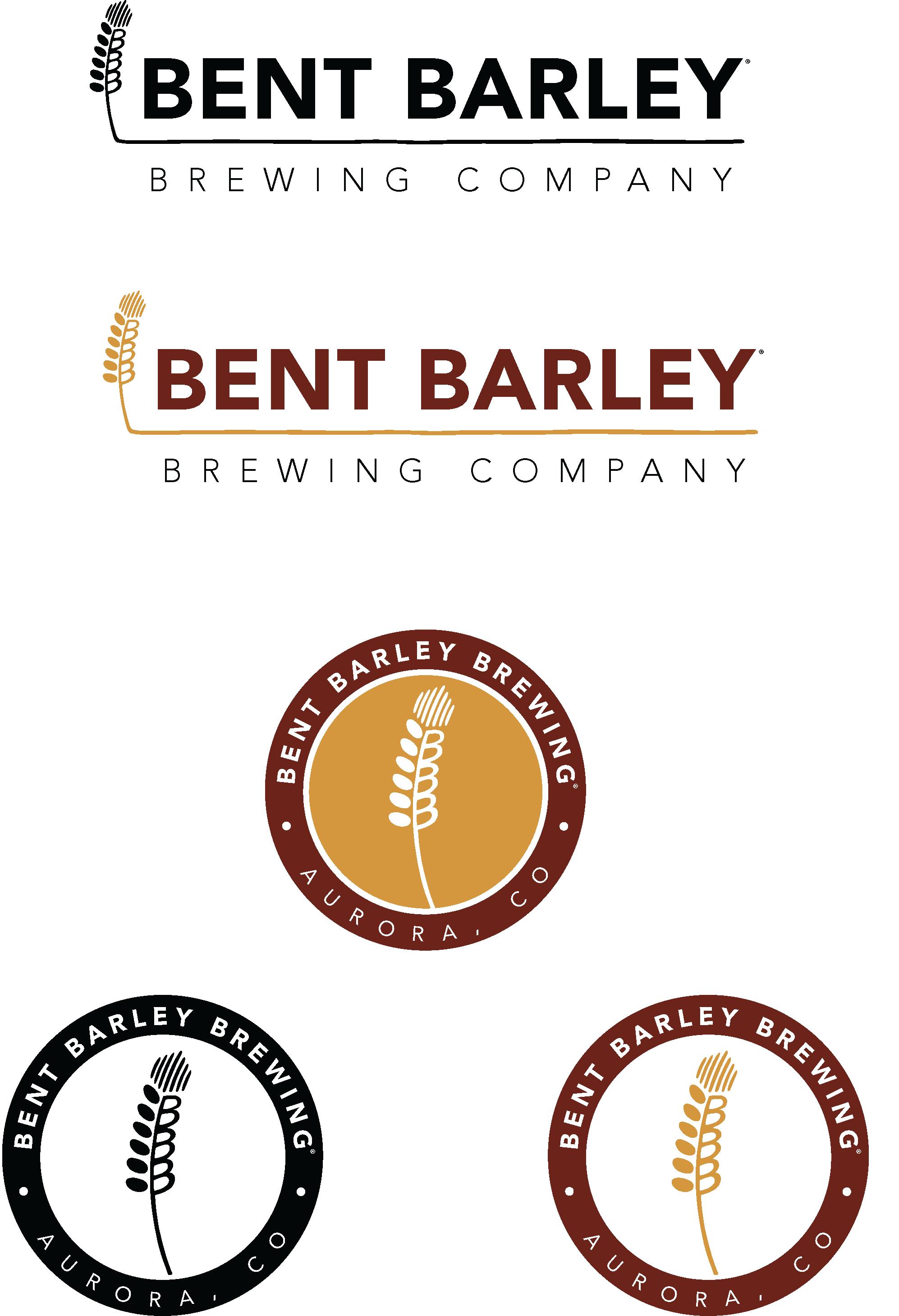

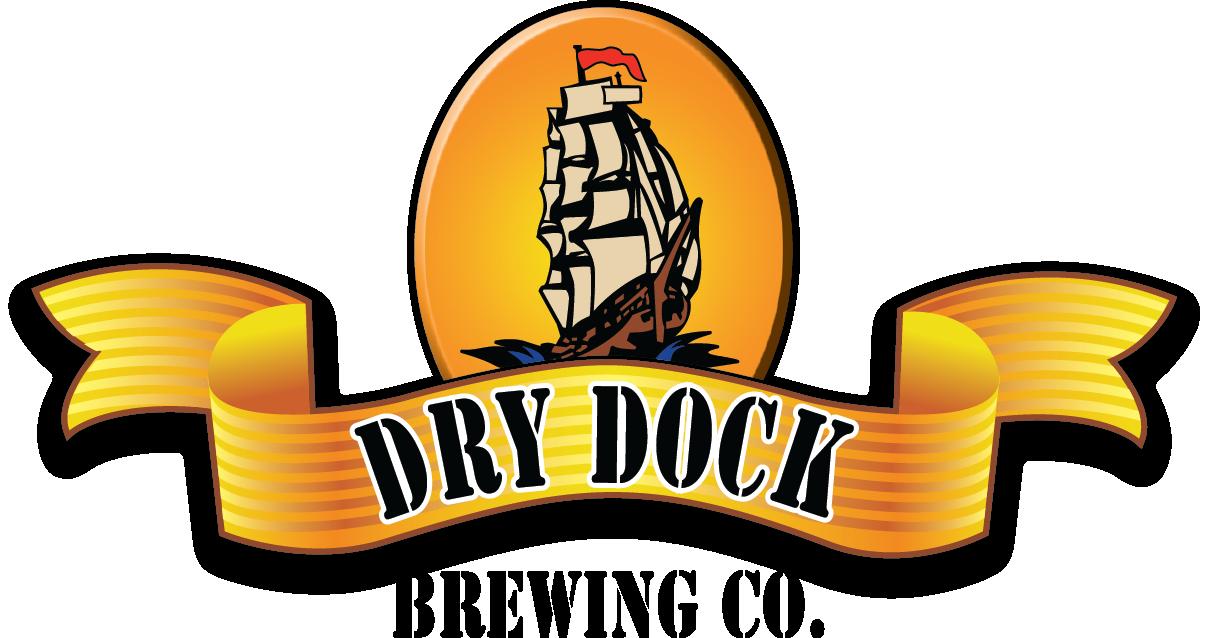
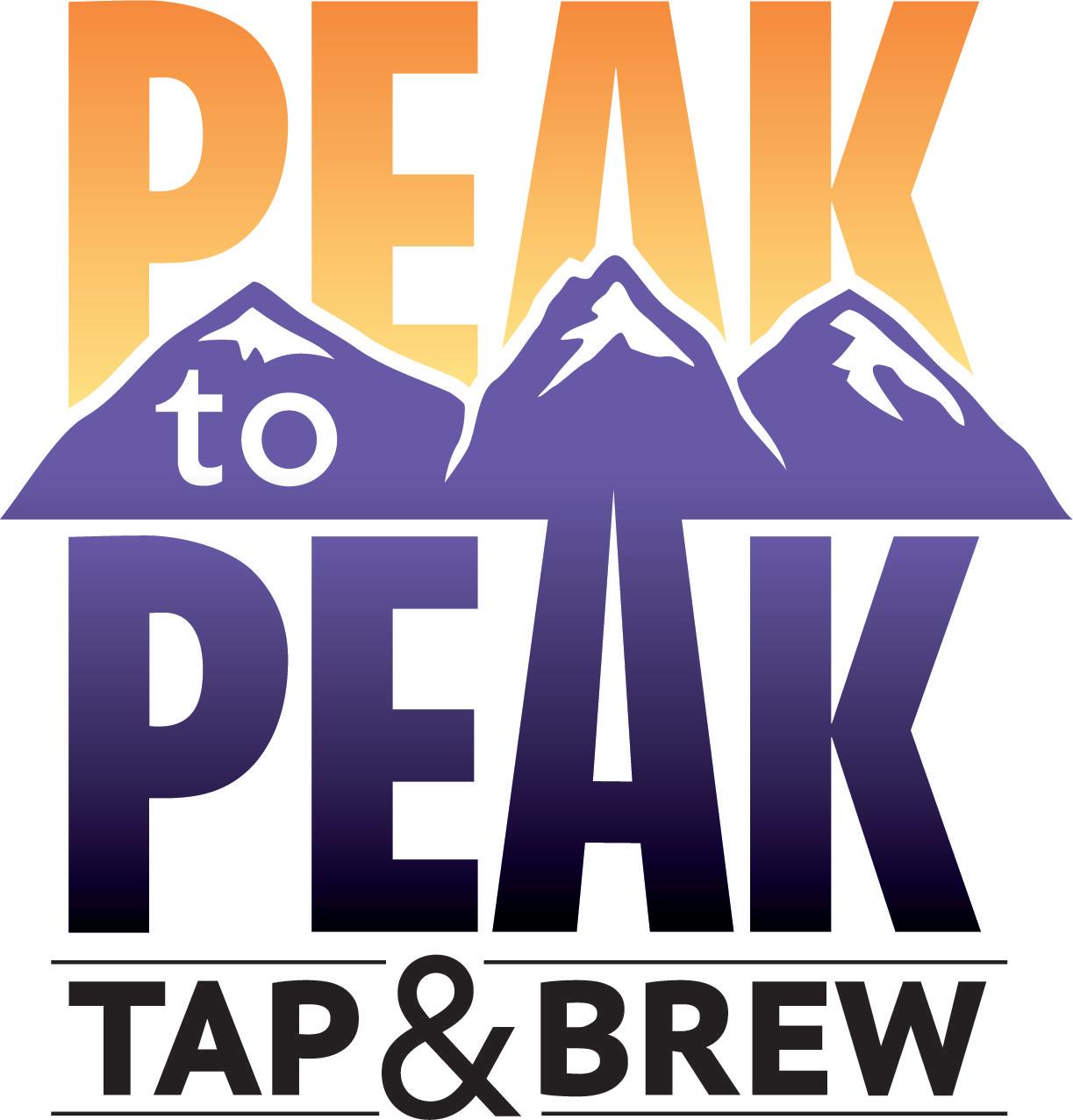
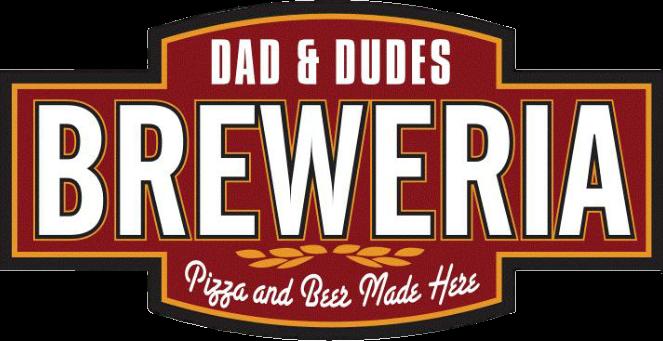

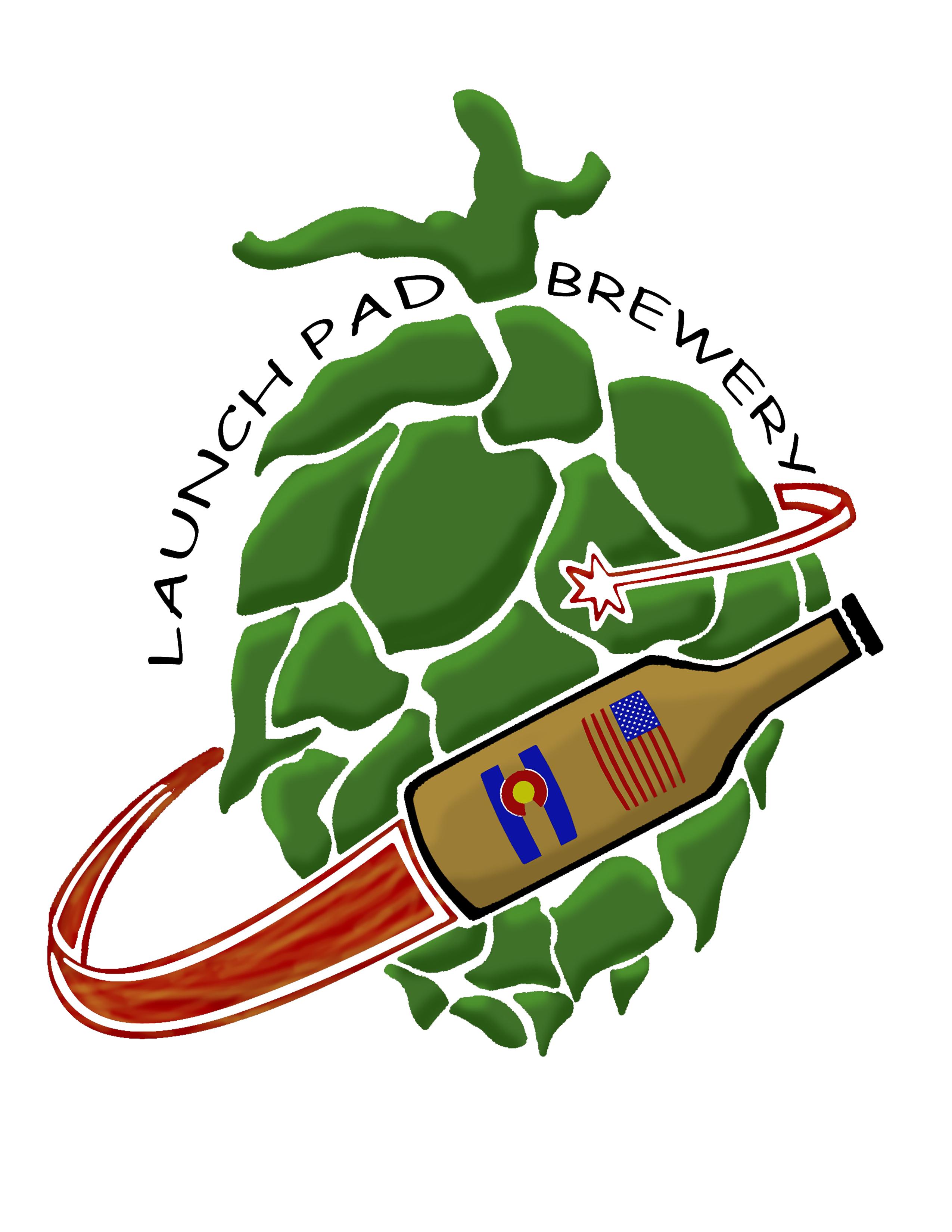
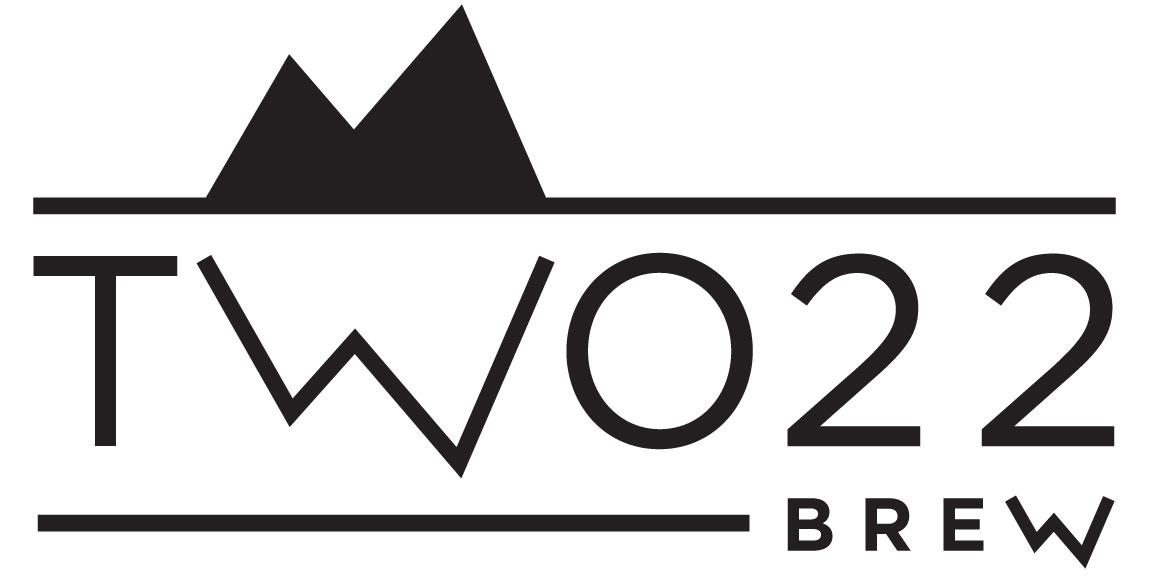
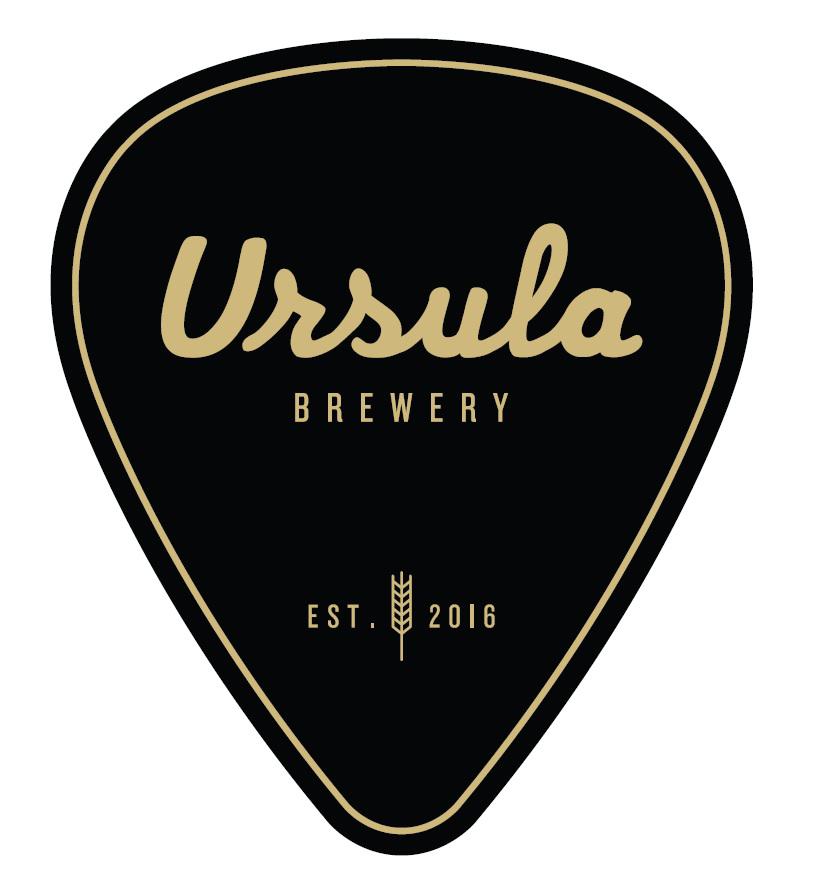 Sponsored by Aurora Museum FOUNDATION
Sponsored by Aurora Museum FOUNDATION